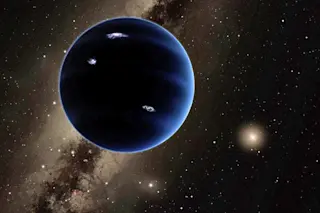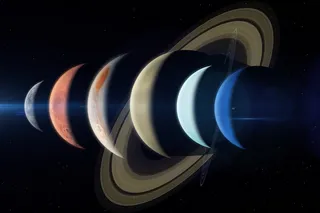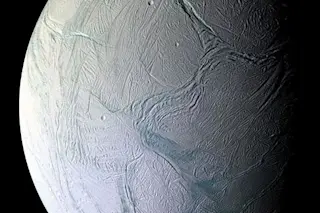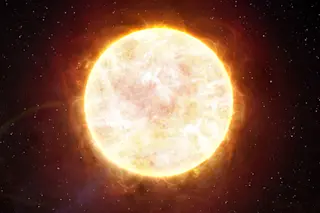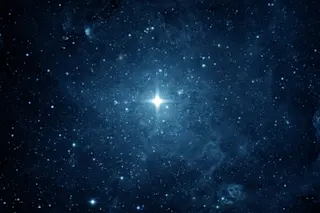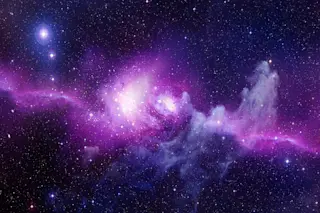Last December, a trio of astronomers set the record for the most distant object ever discovered in the solar system. Because the small world is located about three times farther from the sun than Pluto, the researchers dubbed it Farout. Now, not to be outdone (even by themselves), the same group of boundary pushers have announced the discovery of an even more far-flung object. And since the new find sits a couple billion miles farther out than Farout, the team has fittingly nicknamed it Farfarout.
The discovery of Farfarout, which is about 140 astronomical units from the sun (where 1 AU equals the distance between Earth and the sun), is quite impressive by its own right. But Farfarout and its nearer sibling are not just record-breakers, they could be trend-setters. Depending on how their orbits shake out, the two may add to a growing pile of evidence that hints at ...


